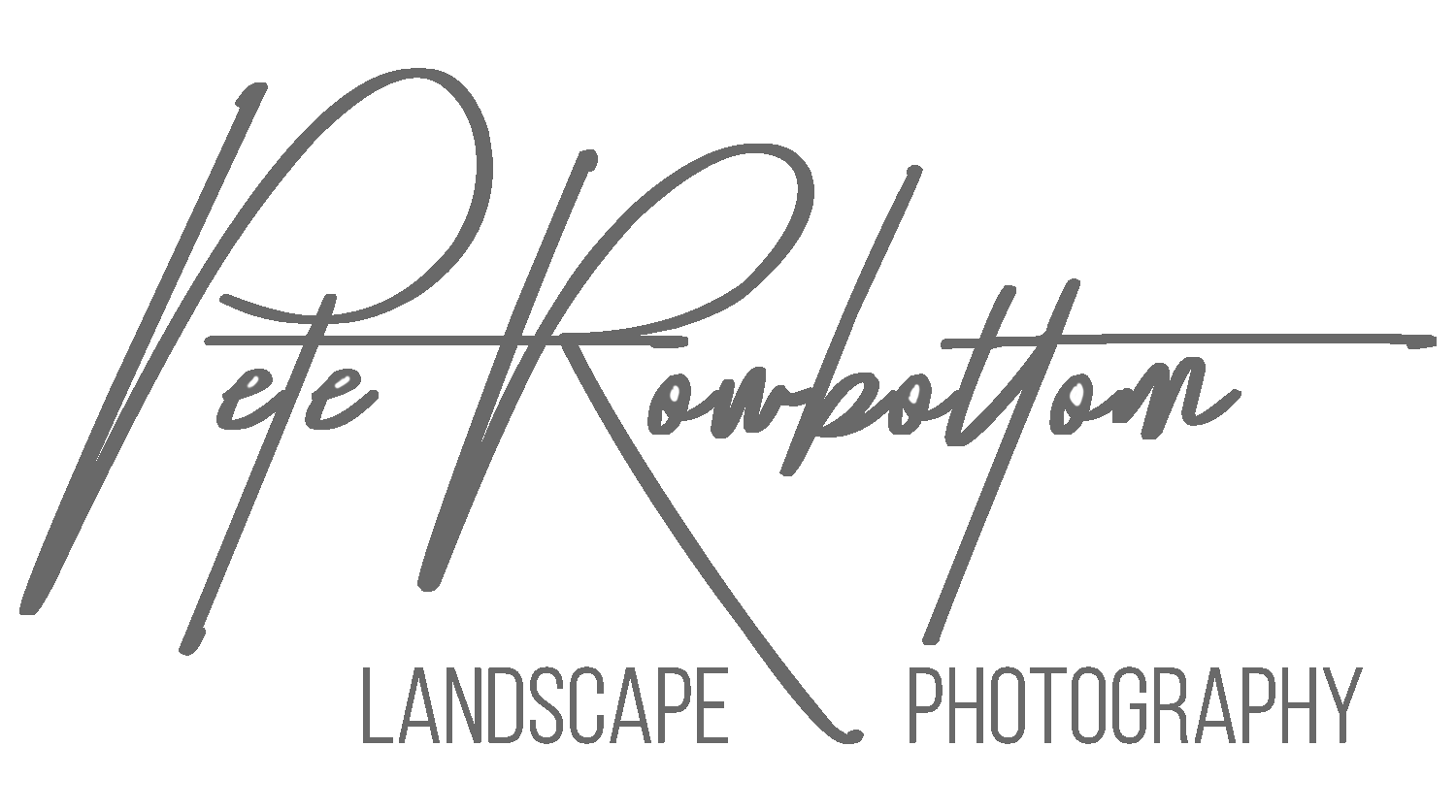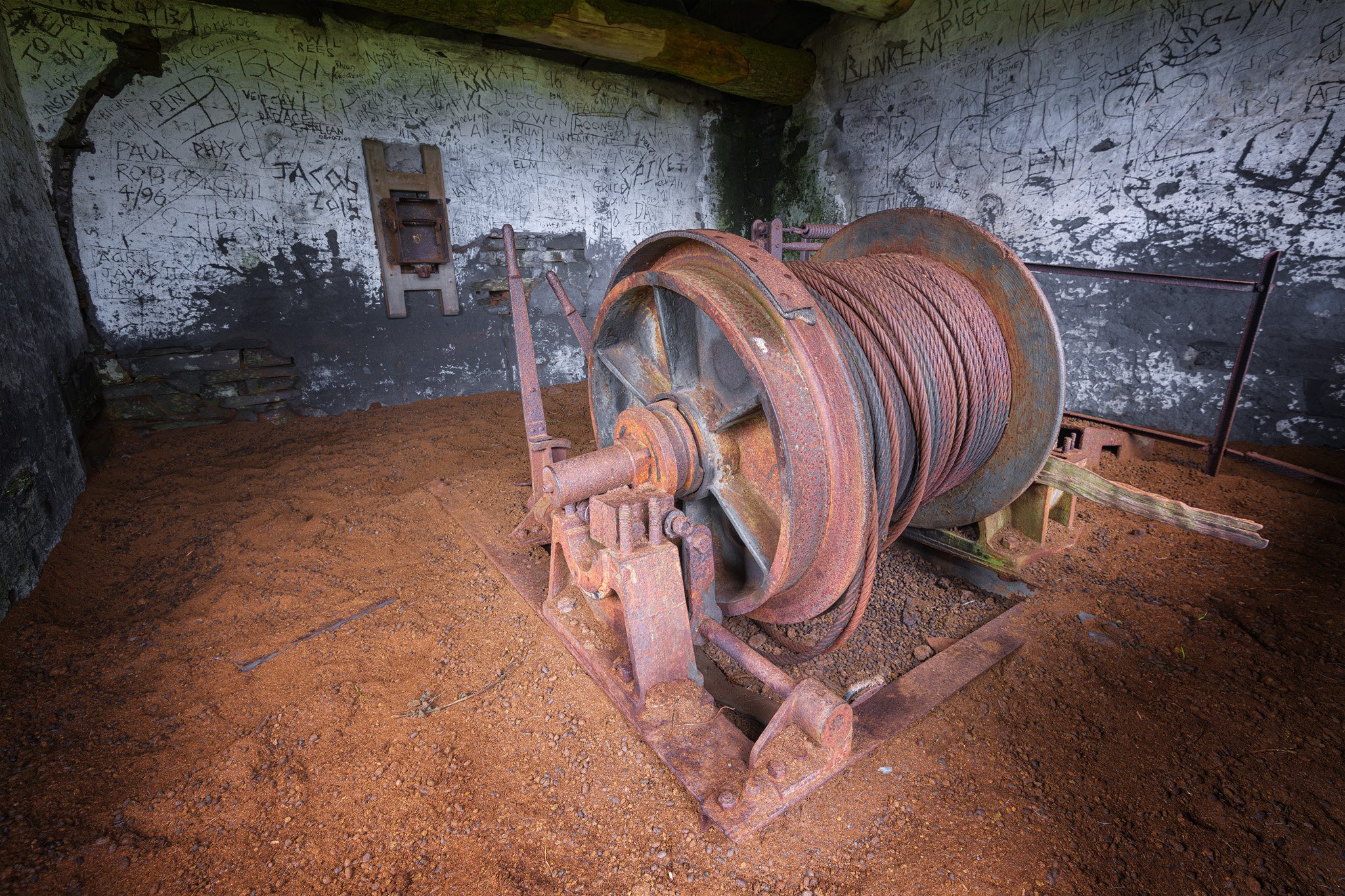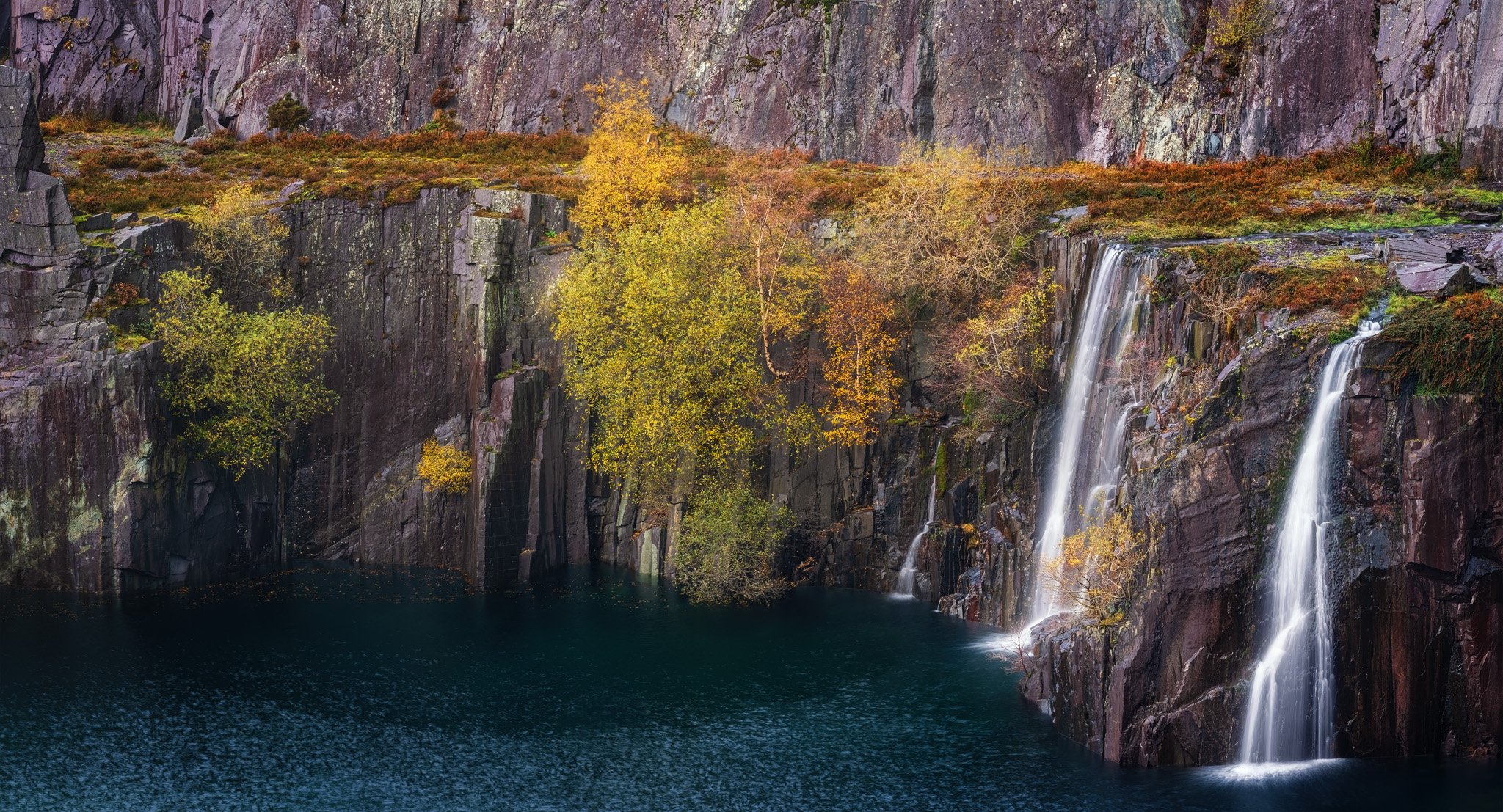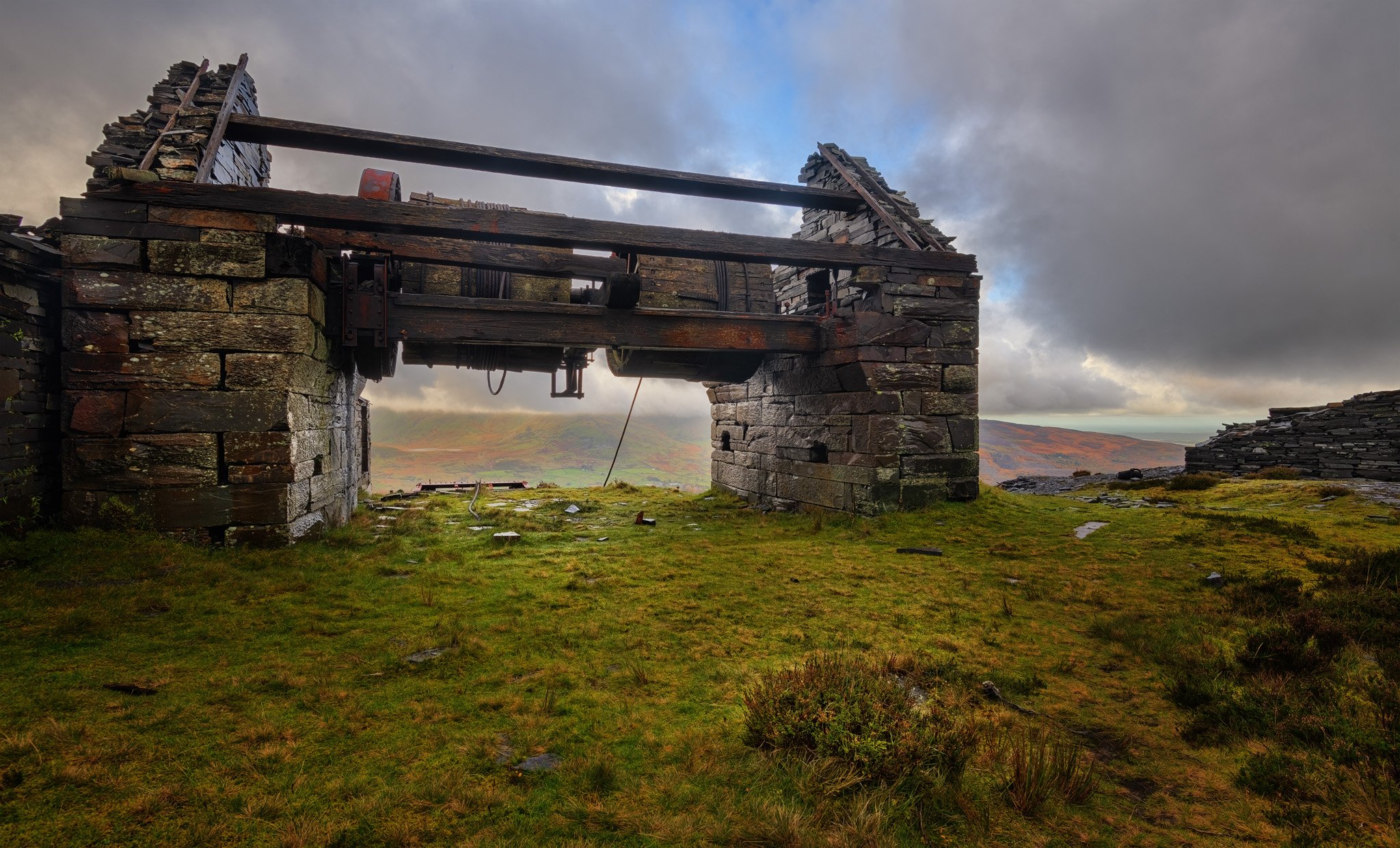They serve one purpose, to darken one area of the image being taken, leaving the rest of the image untouched, 99% of the time this is the sky, as it’s 2-3 stops brighter than the land, they come in different strengths allowing you to darken the area by however much you need to stop it being too bright and becoming ‘blown out’ , giving you an overall balanced image. A brilliant bit of kit, but….
There are those who say they simply aren’t needed anymore with the advent of digital, you can apply GND’s in camera RAW, or you can bracket your images and blend them later on using numerous methods, taking darker exposures as required for the sky to again avoid it becoming blown out, and while I 100% agree that this does work perfectly well, and occasionally I’ll use these options if the need arises, but I’ll tell why I prefer to use them over the digital method. I talked a little about this in Birmingham, at the NEC Photography Show, a lot of people were interested in the angle I was coming from and said they hadn’t thought about it like that before, so I thought I’d write a blog post on it.
There are a few reasons why I choose to use GND’s.
Long Exposure Photography, (hypothetical scene) let’s say you are shooting a long exposure seascape for instance. You get your 10 stop filter on and you shoot the scene without a GND, you calculate an exposure time of 30 seconds and take your shot. In your shot the sky isn’t blown out but it’s at the limit on the right histogram of how far you can go before the sky starts to blow out., but the water in the sea doesn’t look right, it needs longer to smooth it right out. Now from this point you could easily take a few expsoures exposing the sea for longer and blend them later on, the one thing you cannot do is expose the sky for longer than 30 seconds as it will blow out, no matter what you do this IS going to happen. But what if I add a GND in PP later? sure it may recover some of the blown out area but why risk that? also if you ever seen a long exposure image with moving clouds dragging right across the scene you will know how beautiful they can be, and unless the clouds are moving very fast 30 seconds is not going to give you a lot of movement so the image will lack that ‘movement’ feel to it, The solution ? you will need to lengthen the entire exposure, doubling or maybe tripling the expsoure time to get those clouds moving right through the scene. This is only acheivable by by adding a GND, unless you’re happy to just fake it in PS later, which I’m not.
2. Less time in post production - why spend more time on an image than you have to, wrestling with a sky to get it back down to what it could already be in camera can be time consuming and in my opinion can also look poor if not done correctly, get it right in camera.
3. Envisaging your final scene in the field - going back to number 1 a little, you’ve shot your scene with your GND on, you’ve pushed the image as far as it can go you can now preview your shot image, lets say you now have beautful cloud movement, brilliant, you can see the preview of this now balanced exposure and how the clouds will look in each image, by blending images later or shooting images that will need digital expsoure adjustments later on in PP you miss this stage, so you really don’t know if you have come away with a great image until you get home, and if you’re at the other side of the world, or even a few hours drive away when you find out you’ve fluffed your shot when you had the chance, if you care, that’s going to really hurt!
These are obviously only my thoughts on the matter but I wanted to share my views on it since people were interested on my take on it. There’s nothing worse than knowing you ‘could’ have had that image !























